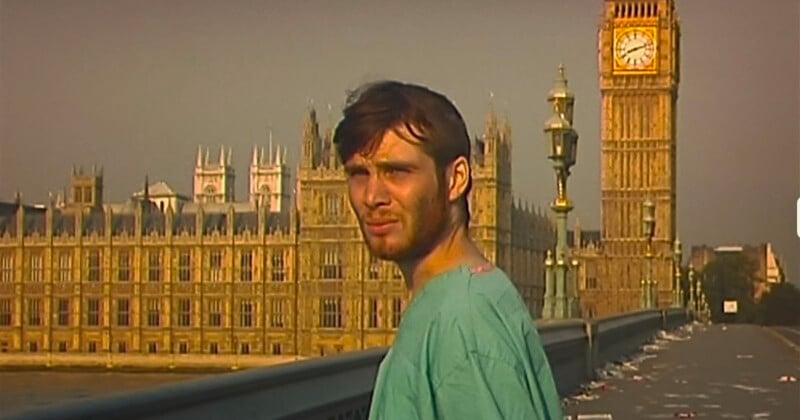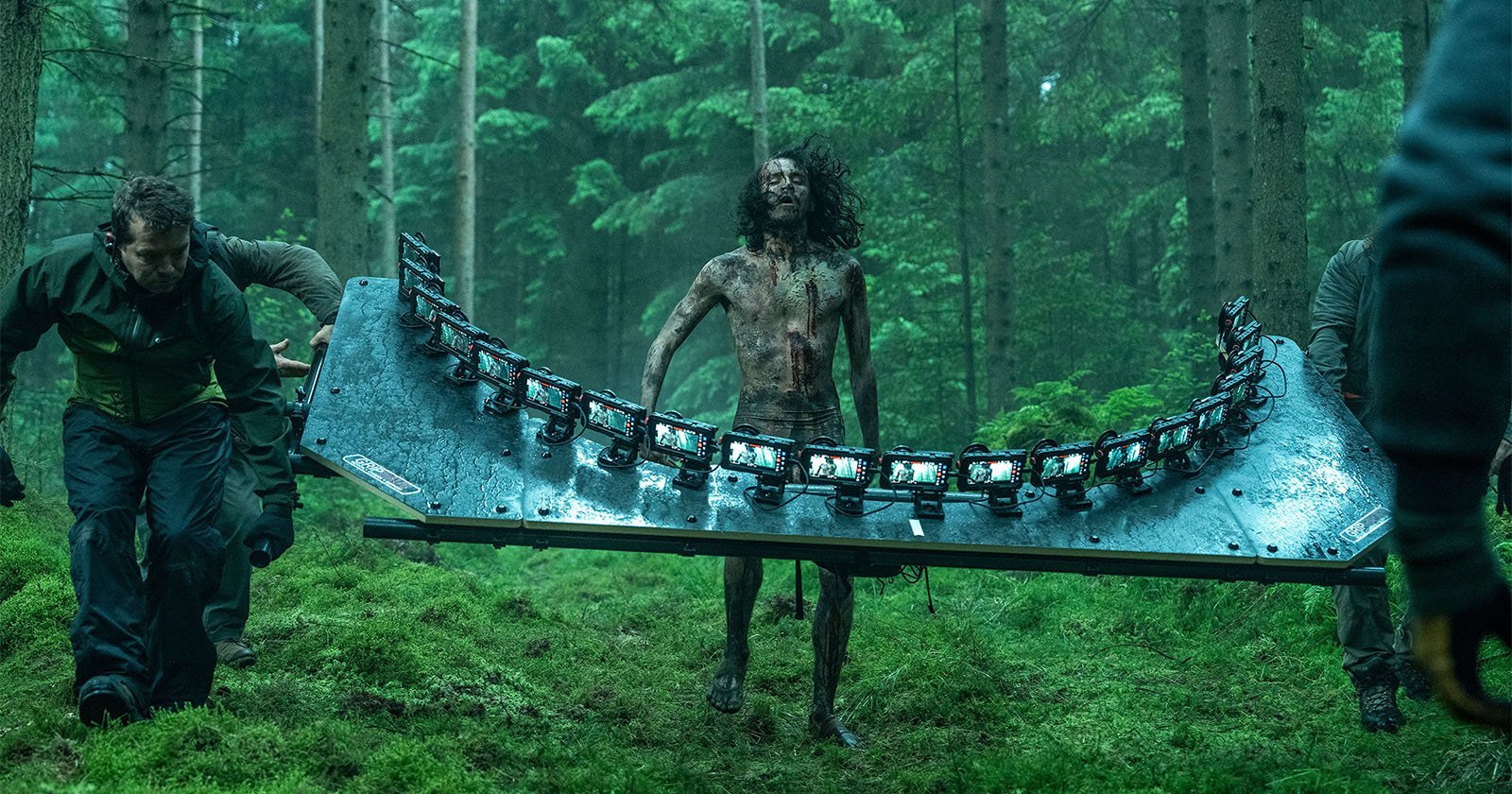Why ’28 Days Later’ Looked So Terrible

Today marks the general theatrical release of 28 Years Later, the third installment of the zombie film series. The new movie, directed by Danny Boyle and written by Alex Garland, has already made headlines for using iPhones to shoot the film which is actually a nod to the very first movie, 28 Days Later.
When 28 Days Later was released in 2002, it also made news for being recorded on a “prosumer” device: a Canon XL-1 MiniDV camcorder that has been likened to “shooting on a potato” thanks to being limited to 720×480 resolution. Or as the Archer Green YouTube channel puts it in a video called “when you shoot the movie in 480p”, 28 Days Later looked “cheap, low-resolution, and lacked clarity to the image.”
But there was a method in the madness. As Lawrence from Archer Green puts it, “If you’re making a gritty, down-to-earth zombie movie, it makes sense to film it in a gritty, down-to-earth way.” Adding that 28 Days Later proves that “good cinematography doesn’t always have to look good.”
Not only that, but the relative compactness and versatility of the Canon XL-1 allowed the team to capture the iconic shots at the beginning of the movie when Jim, played by Cillian Murphy, is seen wandering around the empty streets of London in normally busy locations such as Westminster, Piccadilly Circus, and Whitehall.
“The police were quite happy to assist us and the councils were happy to assist us because we could do it so quickly,” explains the movie’s producer Andrew Macdonald. “It would be ready to shoot in literally minutes.”
To aid further with the production, the crew employed numerous XL-1s to capture multiple angles as the traffic was held which gave the editor more material to work with and create a sequence.
The Problem With 480p
Modern movie consumers with their large televisions can find 28 Days Later problematic. As a Reddit user put it a few years ago, “the movie was blurry and unwatchable.” And that’s because they were watching it on a 4K television.
480p is only four percent of the pixel density of a 4K TV. “Meaning each pixel will take up the space of 24 pixels on a 4K image,” adds the Archer Green channel. “It’s physically impossible to increase the resolution without using any weird AI software.”
28 Days Later was filmed ten years before the proliferation of 4K TVs. But in spite of all this, the movie is still held up as a masterpiece for its bold artistic choices.
Shooting 28 Years Later on iPhone
Boyle did not direct the sequel to 28 Days Later, 28 Weeks Later, but is back for the latest installment of the franchise. Unlike Days which was shot in a 4:3 aspect ratio, 28 Years Later is shot in the very wide 2.76:1 and has made use of the iPhone 15 Pro Max for some sequences.

“We thought we’d benefit from the unease that the first film created about the speed and velocity, the visceral [aspect] of the way the infected were depicted. If you’re on a widescreen format, they could be anywhere… you have to keep scanning, looking around for them, really,” Boyle tells IGN.
One of the scenes in the new movie makes use of a rig consisting of 20 iPhones to create a “poor man’s bullet time.” The 20 iPhones are one of a few different smartphone rigs they used in the film.
“One for eight cameras, which can be carried very easily by one person, one for 10 cameras, and one for 20,” Boyle explains. “I never say this, but there is an incredible shot in the second half [of the film] where we use the 20-rig camera, and you’ll know it when you see it… It’s quite graphic but it’s a wonderful shot that uses that technique, and in a startling way that kind of kicks you into a new world rather than thinking you’ve seen it before.”
28 Years Later is in theaters now.